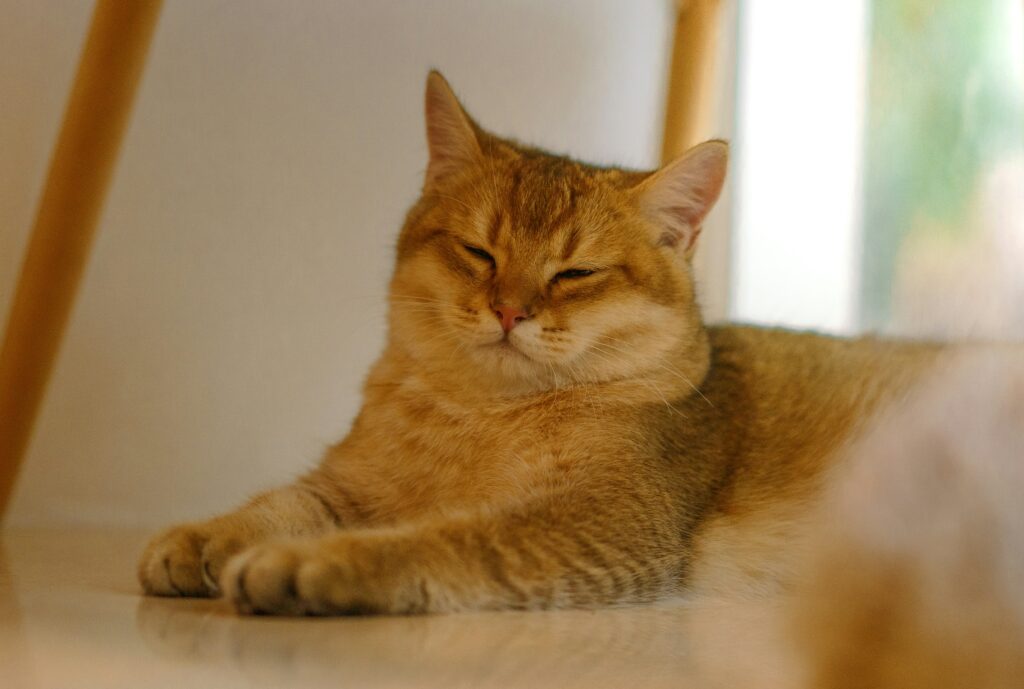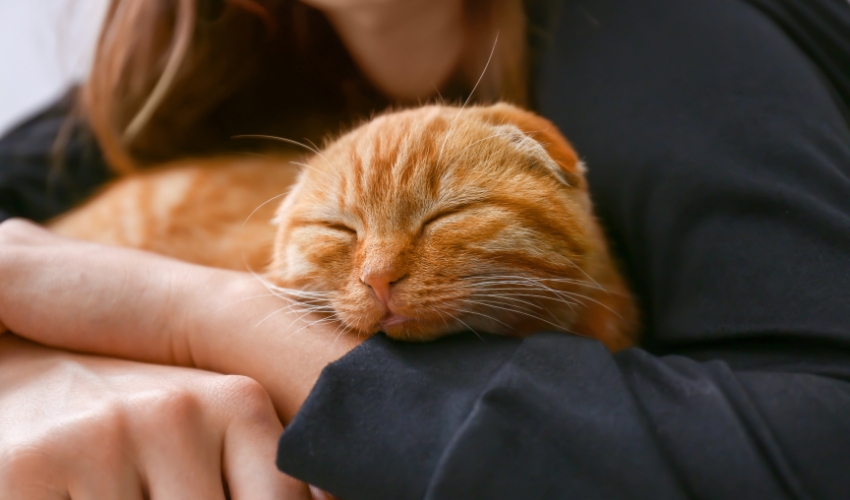Feline diabetes is a complex but manageable condition that requires careful attention and proactive measures from cat owners. As feline companions age, they may become susceptible to diabetes mellitus, a disorder characterized by high blood sugar levels. In this comprehensive guide, we will delve into the intricacies of feline diabetes, exploring ways to prevent its onset, discussing treatment options, and providing insights on how to provide optimal care for our feline friends.
Understanding Feline Diabetes
Causes and Risk Factors
Feline diabetes occurs when the pancreas fails to produce enough insulin or when the cat’s body becomes resistant to the insulin produced. Insulin is crucial for regulating blood sugar levels and facilitating the absorption of glucose into cells for energy. Several factors contribute to the development of diabetes in cats:
- Obesity: Overweight cats are at a higher risk of developing diabetes. Obesity can lead to insulin resistance, making it difficult for the body to use insulin effectively.
- Age: Older cats, typically over the age of 7, are more prone to diabetes. The aging process can impact the efficiency of insulin production.
- Inactive Lifestyle: Lack of physical activity can contribute to obesity and insulin resistance in cats.
- Diet: High-carbohydrate diets may contribute to the development of diabetes. Cats are obligate carnivores, and diets high in carbohydrates may strain their metabolic systems.
Symptoms of Feline Diabetes
Recognizing the early signs of diabetes is crucial for prompt intervention. Common symptoms include:
- Increased Thirst: Cats with diabetes often exhibit excessive thirst, leading to increased water consumption.
- Frequent Urination: Increased urination is a direct result of excessive water intake.
- Weight Loss: Despite an increase in appetite, diabetic cats may experience weight loss.
- Lethargy: Diabetes can cause a lack of energy and overall lethargy in affected cats.
- Poor Coat Condition: Changes in the quality of the cat’s coat, such as matting or dullness, may be indicative of diabetes.
Prevention Strategies
Balanced Diet: Providing a well-balanced, species-appropriate diet is fundamental for preventing feline diabetes. Opt for high-protein, low-carbohydrate cat food that aligns with a cat’s natural dietary requirements.
Weight Management: Maintaining a healthy weight through portion control and regular exercise is a key preventive measure. An active lifestyle and proper weight can significantly reduce the risk of insulin resistance.
Regular Veterinary Check-ups: Regular veterinary check-ups are essential for monitoring a cat’s overall health and catching any potential issues, including diabetes, in the early stages. Blood tests can help detect elevated blood sugar levels before symptoms become apparent.
Treatment Options
Insulin Therapy: For cats diagnosed with diabetes, insulin therapy is a common and effective treatment. Veterinarians will prescribe the appropriate type and dosage of insulin, and cat owners will be trained on how to administer the injections. Regular monitoring of blood glucose levels is necessary to adjust insulin doses as needed.
Prescription Diets: Specialized prescription diets designed for diabetic cats can aid in managing the condition. These diets are formulated to regulate blood sugar levels and support overall feline health. Consult with a veterinarian to determine the most suitable diet for a diabetic cat.
Oral Medications: In some cases, oral medications may be prescribed to help manage feline diabetes. These medications work by either increasing insulin production or improving the body’s utilization of insulin.
Home Monitoring: Cat owners can play an active role in managing their diabetic feline’s condition by monitoring blood glucose levels at home. Regular checks and keeping a log of results help veterinarians make informed adjustments to the treatment plan.

Providing Care for Diabetic Cats
Consistent Feeding Schedule: Establishing a consistent feeding schedule is crucial for diabetic cats. Regular meal times, ideally timed with insulin injections, help regulate blood sugar levels. Consult with a veterinarian to create a suitable feeding routine.
Regular Exercise: Encouraging regular exercise is beneficial for diabetic cats, helping to maintain a healthy weight and improve insulin sensitivity. Engage in interactive play and provide toys to keep the cat active.
Stress Management: Stress can impact blood sugar levels, so creating a calm and stress-free environment is essential. Provide a quiet and comfortable space for the cat to relax, away from loud noises and disturbances.
Regular Veterinary Check-ups: Regular veterinary check-ups remain important even after diagnosis and initiation of treatment. Monitoring the cat’s response to treatment and making any necessary adjustments ensures ongoing management of feline diabetes.
Conclusion
Feline diabetes necessitates a proactive and attentive approach from cat owners. By focusing on prevention, recognizing early symptoms, and implementing effective treatment strategies, pet owners can significantly enhance the well-being of their diabetic feline companions. Additionally, providing ongoing care, support, and a loving environment ensures that diabetic cats can lead happy and comfortable lives.
As responsible pet owners, understanding the ins and outs of feline diabetes empowers us to navigate this condition successfully and provide our beloved feline friends with the best possible care. Through a combination of preventive measures, regular veterinary monitoring, and dedicated attention to a diabetic cat’s unique needs, we can ensure that they continue to thrive and enjoy a high quality of life.












